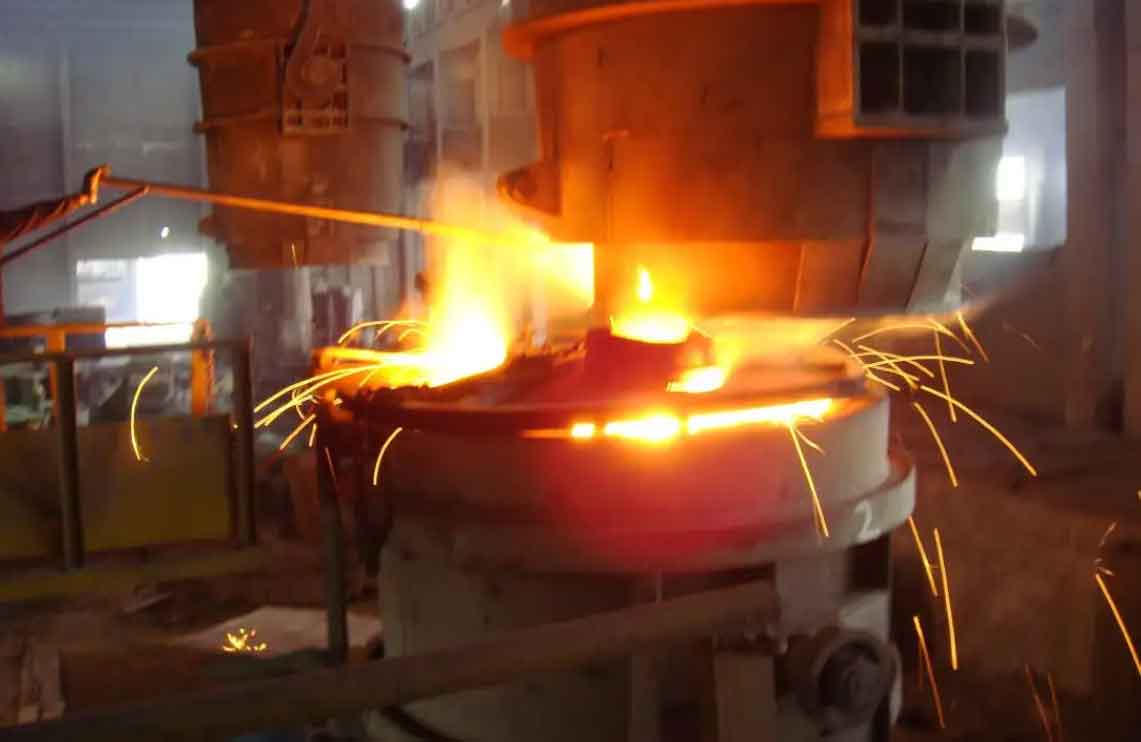In the solidification process of metal castings, due to the different cooling rate of each part of sand castings, the shrinkage of each part will be different, and the temperature value of each part of sand castings will be different at the same time point. In this way, each part of metal castings will have different parameter values, and then thermal stress will be generated in sand castings. We know that in the solidification process of metal castings, due to the shrinkage of sand castings, all parts will be hindered by the mold to varying degrees, and in this process, the mold will also absorb heat from the metal castings and heat up to produce a certain expansion, which in turn will produce a certain force on the sand castings. We call such stress mechanical stress. Metal castings will be affected by the combined action of thermal stress and mechanical stress in the solidification process, which may produce warm or residual stress and residual deformation, which will affect the quality and service performance of sand castings, and then may scrap metal castings.
For the thermal stress generated in the solidification process of sand castings, the numerical simulation method can be used to calculate, and then the calculation results can be analyzed to predict the possible residual stress and residual deformation in metal castings. At the same time, the sand casting process of metal castings can be optimized according to the simulation results of temperature field, so as to reduce the residual stress and deformation of metal castings in the process of sand casting.
In the solidification process of sand castings, the generation of internal thermal stress is closely related to the cooling process. Although the heat transfer between metal castings and molds is very complex, we can make some basic simplification and ignore the thermal effect caused by deformation stress. The principle of heat stress coupling effect is shown in the figure.
In the past, many foundry workers only considered the influence of heat transfer on thermal stress in the solidification process of sand castings, ignored some effects of thermal stress on heat transfer, and only treated them as worried coupling, which shows that this is not rigorous. With the in-depth study of heat transfer and thermal stress in recent years, Chinese foundry scholars have begun to study the effect of air gap caused by thermal deformation on heat transfer in the solidification process of metal castings. The research on the complex mechanical boundary conditions of metal castings and molds due to heating is gradually becoming the focus of casting research. Of course, for those general sand castings, this thermal effect can be ignored, and when our research object is large or extra large castings, this thermal effect will increase significantly.

